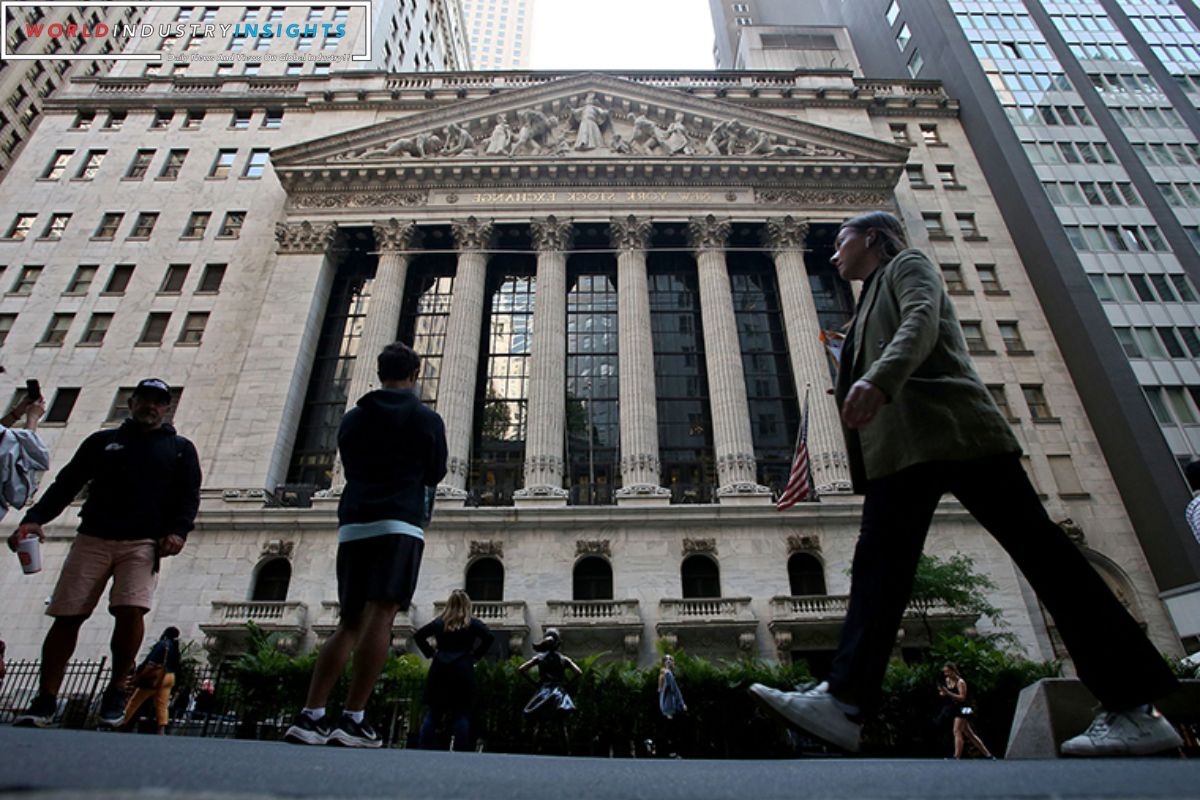Fed Reality Check: Shortly after a Federal Reserve meeting that triggered optimism in financial markets with projected interest rate cuts for the next year, New York Fed President John Williams tempered the enthusiasm. Williams stated, “We aren’t really talking about rate cuts right now,” emphasizing that it’s premature to consider lowering rates as the central bank assesses the appropriateness of its monetary policy to guide inflation back to its 2% target.
Williams was the first Fed official to comment after the policy meeting that maintained the benchmark overnight interest rate in the 5.25%-5.50% range. Despite steady rates, the shift in the Fed’s outlook led to projections of monetary policy easing in 2024. Fed officials collectively forecasted three-quarters of a percentage point in cuts, leaving the policy rate in the 4.50%-4.75% range by the end of 2024.
Market observers interpreted Williams’ remarks as an attempt to recalibrate the message conveyed by the policy meeting and Fed Chair Jerome Powell‘s comments. Evercore ISI analysts noted that Williams’ interview aimed to “lean against speculation on a March cut without ruling it out” and slow the market’s perception of a swift Fed move towards cutting rates.
Also Read: Yellen Unleashes Reality Check: High Unemployment Not Needed for Inflation Control
Futures markets initially responded to Williams’ comments but maintained a strong probability of a March rate cut, reflecting investors’ conviction that data trends support earlier or deeper cuts. Atlanta Fed President Raphael Bostic, presented a partially conflicting outlook, projecting a potential rate cut in the third quarter of next year based on his inflation expectations.
Despite discussions around rate cuts, Williams reminded markets that the Fed’s response depends on economic conditions. While acknowledging the positive economic outlook, he emphasized the need to be prepared for further action if inflation progress stalls or reverses, highlighting the uncertainty in economic data movements.


